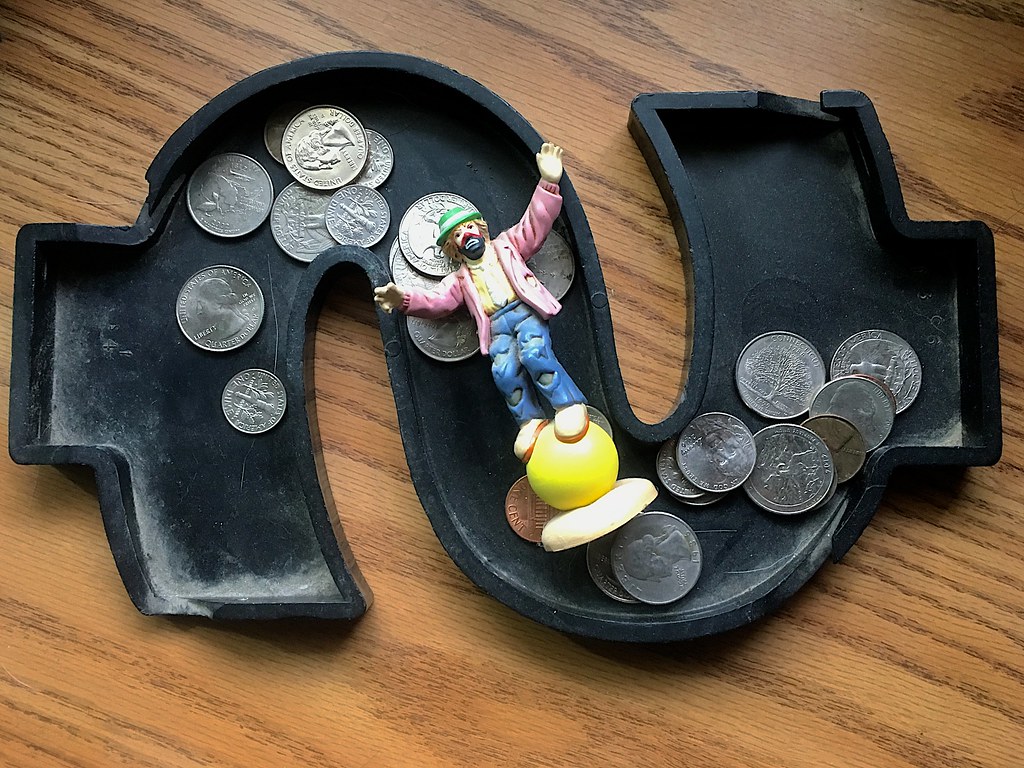Dear Startup Folks,
Most of you live in a fantasy land, where numbers are not real and, therefore may be anything you want. This comes up across every situation; a founder believes the total addressable market is the entire population of the earth, or that the conversion rate will be an easy-to-calculate 5%, or that ad spending scales perfectly across budgets, leaving no change in efficiency between $100, and $100 million. This is all nonsense, but it is at least such unrefined nonsense that everyone knows the speaker is diluted.
However, the made-up numbers also come up for metrics that are far less transparently phantasmagorical. Every startup I meet with requires asking questions to find out how much money they have actually spent. Knowing the true spend, the revenue, and some educated guesses about market size is very telling.
Capital Spent
If a restaurant makes $30k a month in profit, that sounds great, but if the startup cost for the restaurant was $4 million, that restaurant clearly failed a long time ago. Unless costs can be cut drastically, or revenue can increase drastically, the restaurant will have to operate for 11 years to hit break even with the investment. People know this inherently, so they lie.
Founders will come up with numbers where the startup costs literally pennies to launch. Normally those costs don’t include free rent in Dad’s office building, the $3k monthly stipend from Mom so someone could work full time on the project, or the thousands of dollars worth of favors. I call capital deployed the difference between the cash spent and the actual cost of starting.
Capital Deployed
Capital deployed is not always a make or break. If the thousands of dollars of free goods or labor are not needed to continue operations, it matters not at all. But more often than not, people find that their lemonade stand is only making money because the lemons, sugar, and rent are paid for by others.
Capital Made Up
Of course, since numbers are fake, people will also do the opposite, claiming millions of dollars in deployed capital with very creative math. For example, valuing a CEO who worked without compensation at $1 million a year. This is never the correct way to consider time.
The question true capital needs to answer is how much it would cost to hire someone to do that job. Yes, CEOs for very large firms do earn millions. However, a grocery store manager probably earns around $70k a year (depending on location).
Drop The Ego
A store manager at a small grocery store can easily have 50 direct employees and manage many vendors and contractors. The grocery store chain CEO earning millions per year would more reasonably be concerned with a portfolio of 2,200 stores. When a startup CEO role has far less responsibility than a grocery store manager, it’s not correct to value that role as 14x more important.
To Summarize
Spent: If a startup pays $10k for a website, the startup spends $10,000.
Deployed: If that Website should have cost $23k, but someone called in a favor the startup deployed $23,000.
Made Up: If the CEO who spent a month setting up and signing the web development contract should be paid $100k a month, the startup made up $123,000.
Article by Mason Pelt of Push ROI. First published in PushROI.com on February 3, 2023. Photo by cogdogblog / CC0 1.0.




